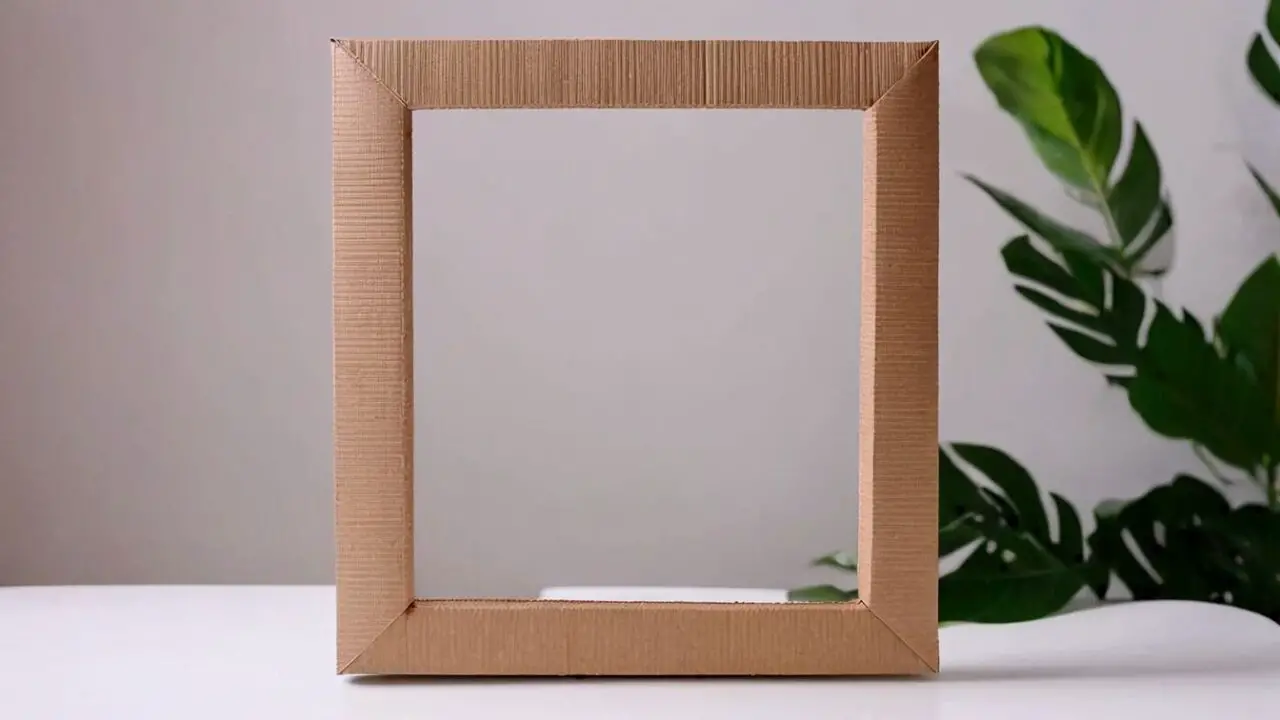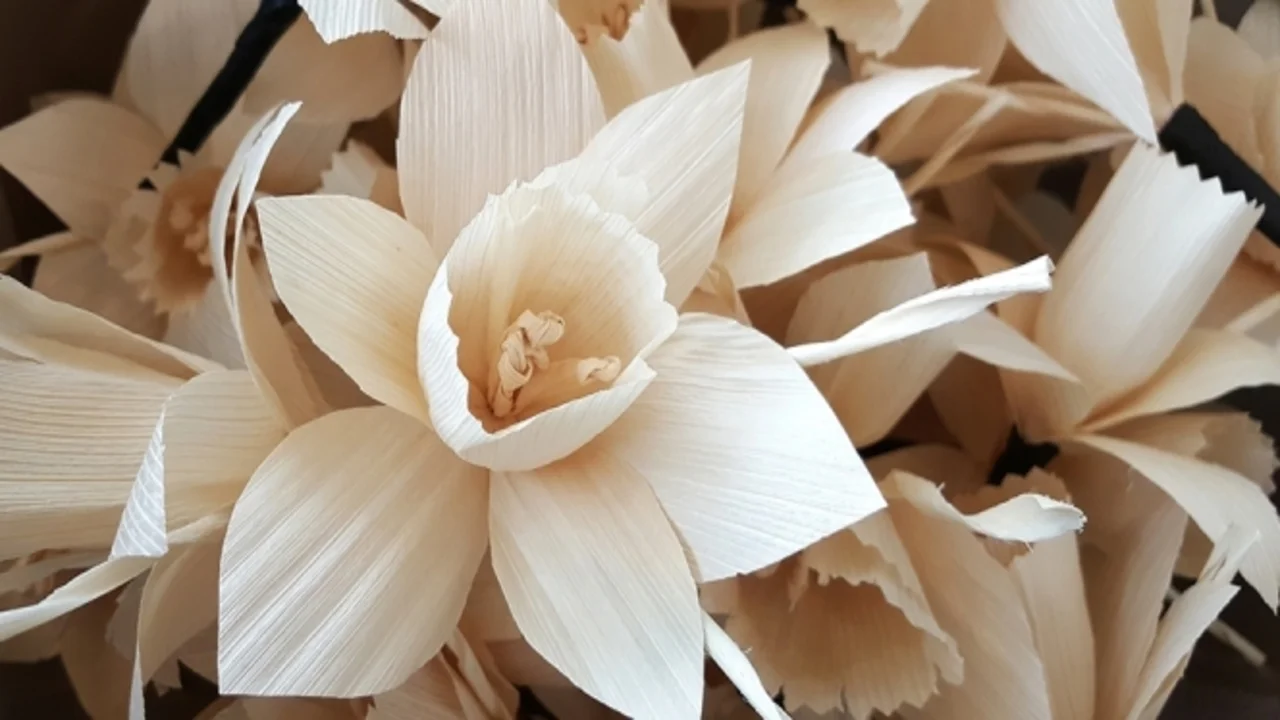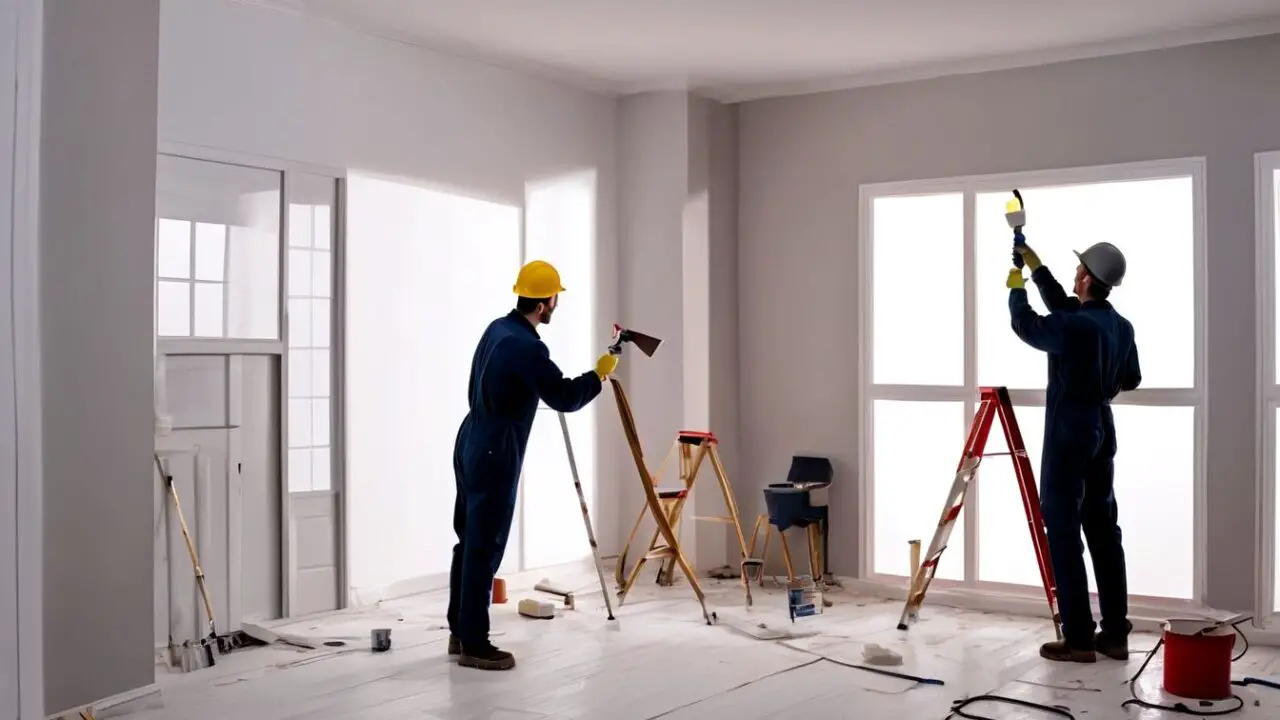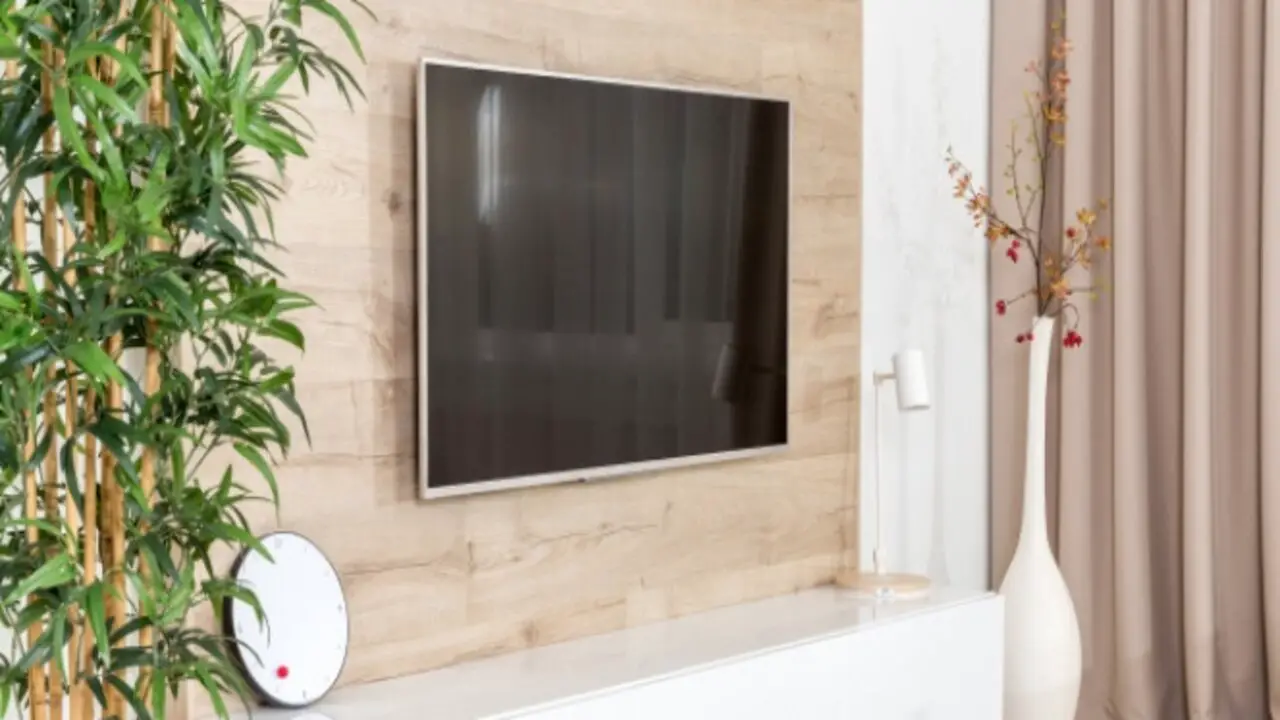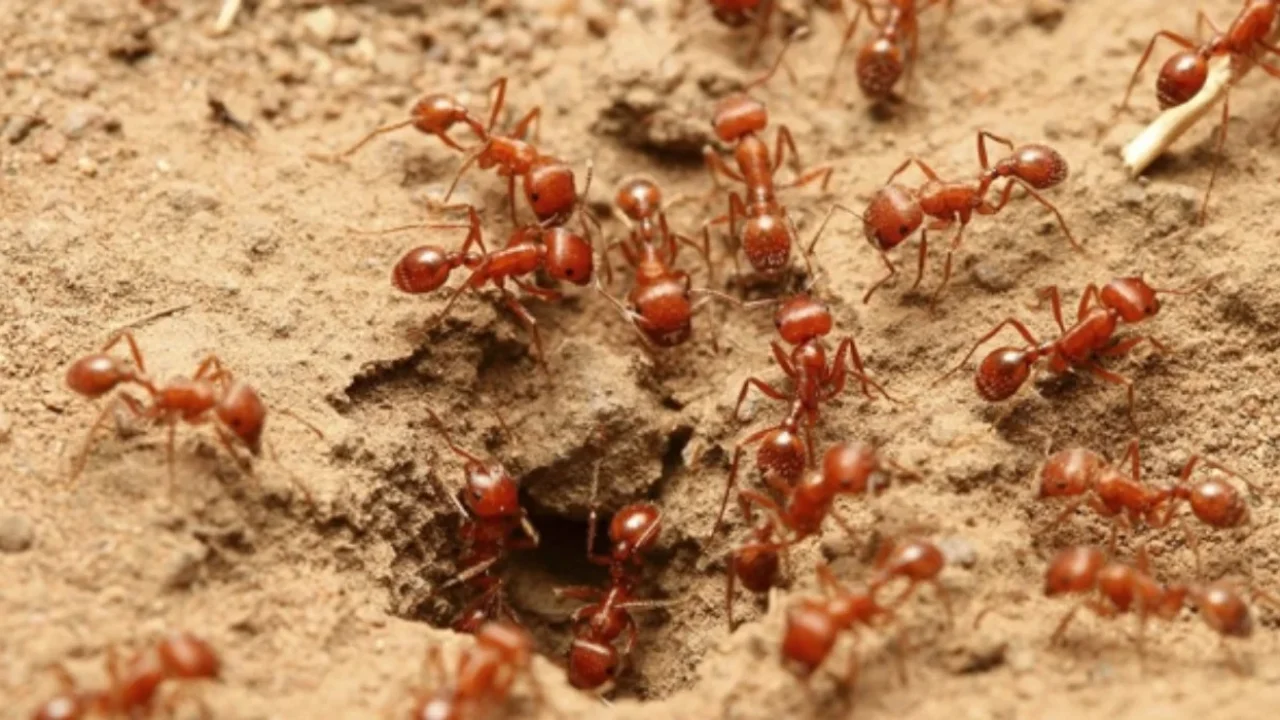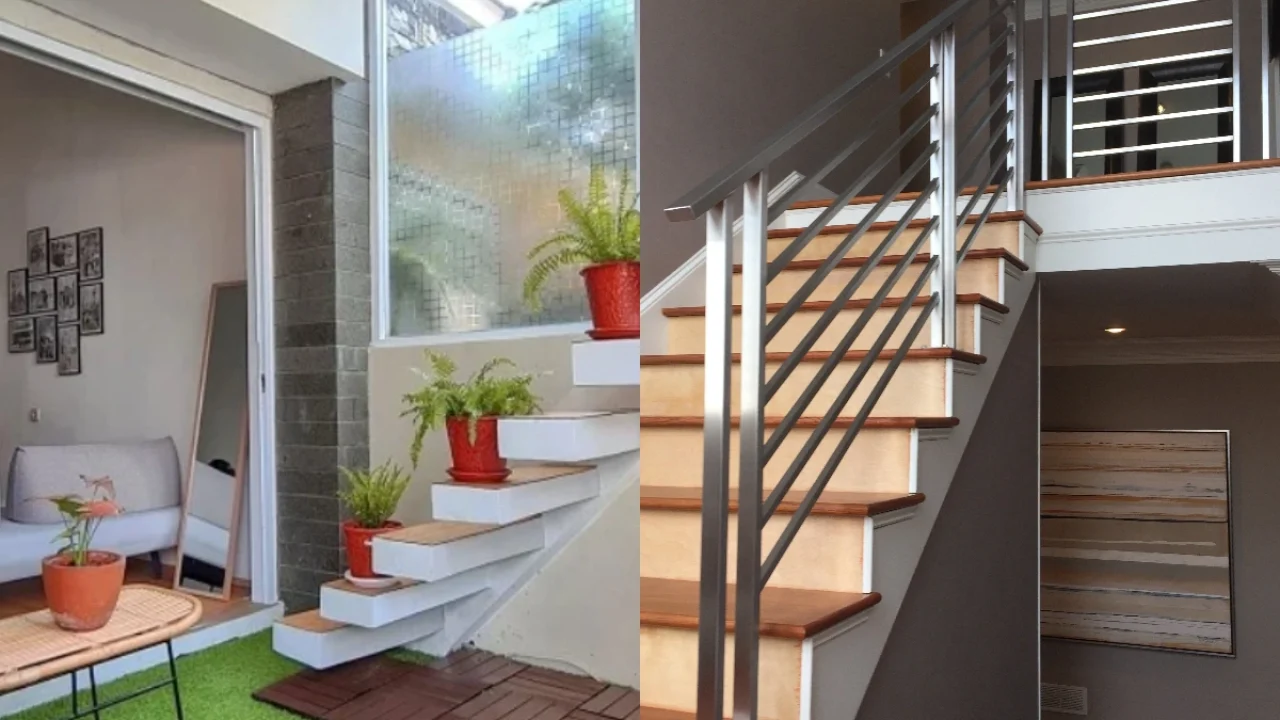Contents
Locating Leaking Pipes in Walls: A Comprehensive Guide to Detect and Fix Water Leaks
 |
| how to find leaking pipe in wall |
Discovering a leaking pipe concealed within a wall can be a homeowner’s worst nightmare. Not only can it cause structural damage and mold growth, but it can also lead to exorbitant water bills if left unaddressed. However, with a systematic approach and careful observation, it is possible to identify and rectify the source of the leak. In this guide, we will explore various methods to find a leaking pipe in a wall, enabling you to take prompt action and minimize potential damage.
How to find leaking pipe in wall
1. Recognizing the Signs of a Leaking Pipe
Before embarking on a search for the elusive leak, it’s essential to identify the potential warning signs that could indicate the presence of a hidden pipe leak. Keep an eye out for:
- Damp or discolored patches on the wall: Water seeping through a leaking pipe often leaves visible marks on the adjacent wall surface.
- Musty or moldy odor: Persistent unpleasant smells emanating from a particular area could indicate the presence of mold or mildew resulting from a hidden water leak.
- Peeling or bubbling paint: Moisture from a leaking pipe can cause the paint to peel, bubble, or appear swollen, especially if the leak is nearby.
- Unexplained increase in water bills: If your water consumption hasn’t changed, yet you notice a sudden spike in your water bill, it could be an indication of a hidden leak.
2. Determining the Location of the Leaking Pipe
Pinpointing the precise location of a leaking pipe within a wall can be challenging. However, there are several strategies you can employ to narrow down the search area:
- Observe water damage patterns: Examine the visual signs of water damage carefully. Look for the highest concentration of moisture, discoloration, or mold growth, as this may indicate the general area of the leak.
- Follow the sound: Turn off all water-using appliances and faucets, then listen closely to the wall. Leaking pipes often produce a faint hissing or dripping sound, which can guide you toward the source of the leak.
- Utilize a moisture meter: Invest in a moisture meter, a handy device designed to measure the level of moisture present in materials such as walls and floors. By moving the meter along the wall, you can identify areas with high moisture content, narrowing down the potential leak location.
3. Employing Non-Invasive Techniques
When attempting to find a leaking pipe within a wall, it is best to start with non-invasive techniques before resorting to more destructive measures. Here are some methods to consider:
- Thermal imaging cameras: These cameras use infrared technology to detect temperature differences. By scanning the wall surface, a thermal camera can identify potential areas of moisture due to the difference in temperature caused by a leaking pipe.
- Using a borescope: A borescope is a flexible tube with a camera attached to one end. By making a small hole in the wall, you can insert the borescope to visually inspect the area behind it, potentially identifying the leaking pipe.
- Smoke testing: This method involves introducing smoke into the plumbing system to track down leaks. By sealing off all openings and outlets in the plumbing system and introducing smoke, you can identify areas where smoke escapes, pointing to the location of the leak.
4. Resorting to Invasive Techniques
If non-invasive techniques fail to reveal the location of the leaking pipe, you may need to consider more invasive measures. However, it is advisable to consult a professional plumber before proceeding with these methods:
- Opening the wall: This involves cutting into the wall at suspected locations to visually inspect the pipes and identify the source of the leak. Remember to turn off the water supply before commencing any cutting or opening of the wall.
- Pressure testing: This method requires a professional plumber and specialized equipment. By increasing the pressure in the plumbing system and monitoring for drops in pressure, the plumber can identify sections of the pipe network that are likely to be leaking.
- Pipe inspection cameras: Plumbers can use specially designed cameras that can be inserted into the pipe system to visually inspect the interior. This method is particularly useful for identifying leaks within the pipes themselves.
See Also:
- how do pipes freeze in a house
- how to find pipes in wall
- how to use heat tape on pvc pipe
- how to find water pipes in walls
5. Fixing the Leaking Pipe
Once you have successfully located the leaking pipe within the wall, it’s time to address the issue promptly:
- Temporary fixes: If the leak is minor and you need time to gather the necessary materials or seek professional assistance, you can use temporary measures such as pipe clamps or epoxy putty to contain the leak temporarily.
- Seeking professional help: For major leaks or if you lack the expertise, it is best to contact a licensed plumber who can provide a permanent fix. They will have the necessary tools and knowledge to repair or replace the damaged pipe effectively.
Conclusion
Detecting a leaking pipe hidden within a wall can be a challenging task, but with patience and the right approach, you can successfully identify and fix the issue before it causes significant damage. By recognizing the warning signs, utilizing non-invasive techniques, and seeking professional help when needed, you can effectively tackle water leaks and protect your home from potential harm. Remember, timely action is key to minimizing the consequences of a leaking pipe and ensuring the longevity of your property.
Check out other designs directly from your cellphone via WhatsApp Channel: https://whatsapp.com/channel/0029VaASACYFXUuYULZWe939.

